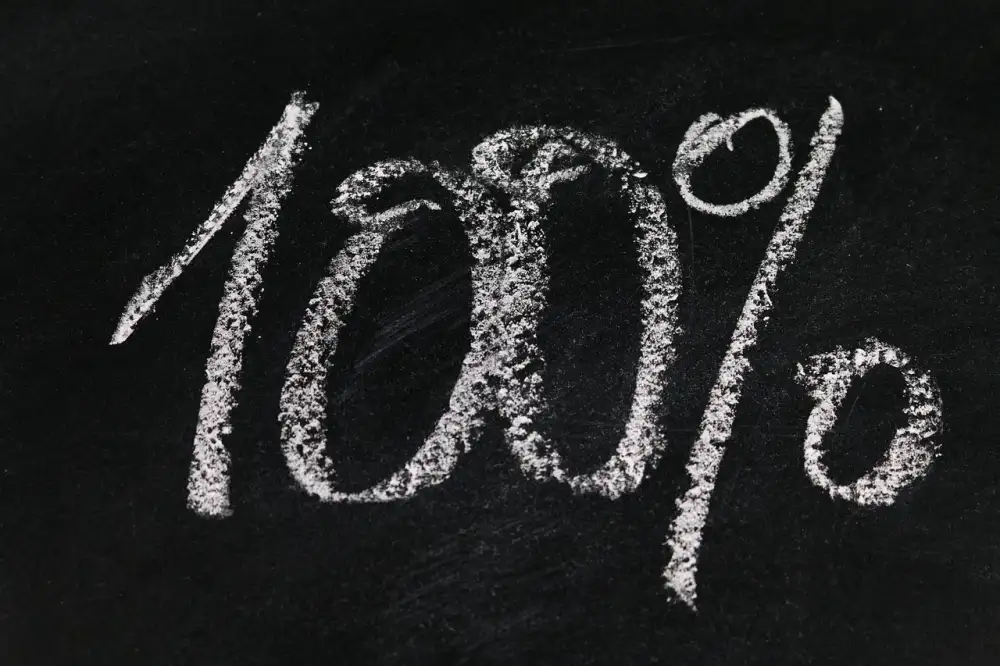Unveiling the Mystery: Decoding the Percentage of Rain Calculation at Home

- Understanding the calculation behind the percentage chance of rain
- Factors considered in determining the percentage of rain
- Meteorological tools and data used for accurate predictions
- Interpreting the percentage of rain forecast
- Importance of the percentage of rain in planning outdoor activities
- Tips for dealing with different percentages of rain
The concept of the percentage of rain is a crucial aspect in weather forecasting that helps us understand the likelihood of precipitation occurring within a specific time frame. It provides valuable information to individuals, businesses, and organizations for planning outdoor activities and making informed decisions about their day-to-day operations. By decoding the percentage of rain, we can gain insights into the probability of rainfall and prepare ourselves accordingly. In this article, we will delve deeper into the calculation behind the percentage chance of rain and explore its significance in our daily lives.
Understanding the calculation behind the percentage chance of rain
Understanding the calculation behind the percentage chance of rain is essential for accurately interpreting weather forecasts. The percentage of rain is determined by meteorologists using a combination of historical data, current atmospheric conditions, and computer models.
To calculate the percentage chance of rain, meteorologists analyze various factors such as humidity levels, cloud cover, wind patterns, and air pressure. They also consider the probability of precipitation based on past weather patterns during similar conditions.
Meteorological models play a crucial role in predicting the likelihood of rain. These models use complex algorithms to simulate and forecast weather patterns. By inputting data from satellites, radar systems, weather stations, and other sources, these models generate forecasts that include the percentage chance of rain.
The calculation involves comparing the predicted rainfall amount to the total area covered by the forecasted region. For example, if there is a 50% chance of rain in a particular area, it means that out of 100 possible scenarios with similar atmospheric conditions, rain is expected in approximately 50 instances.
It's important to note that the percentage chance of rain does not indicate how much rainfall will occur or for how long it will last. It simply represents the probability that any given location within the forecasted region will experience rainfall.
By understanding how meteorologists calculate the percentage chance of rain, we can better interpret weather forecasts and make informed decisions about our outdoor plans.
Factors considered in determining the percentage of rain
Factors considered in determining the percentage of rain include atmospheric conditions, such as humidity levels and temperature variations. The presence of clouds, their type, and height are also taken into account. Additionally, wind patterns and air pressure changes play a significant role in predicting rainfall. Other factors like geographical location, proximity to bodies of water, and historical weather data are considered to provide a more accurate estimation of the percentage chance of rain.
Meteorological tools and data used for accurate predictions
Meteorologists rely on a variety of tools and data to make accurate predictions about the percentage of rain. One crucial tool is the weather radar, which uses radio waves to detect precipitation in the atmosphere. This allows meteorologists to track the movement and intensity of rain clouds.
Satellites also play a vital role in gathering data for rain forecasts. They provide valuable information about cloud cover, moisture levels, and atmospheric conditions that influence rainfall. By analyzing satellite imagery, meteorologists can identify patterns and trends that help them determine the likelihood of rain.
In addition to these tools, weather stations located across different regions collect data on temperature, humidity, wind speed, and atmospheric pressure. This data is crucial for understanding the conditions that favor or inhibit rainfall.
To enhance accuracy, meteorologists use computer models that simulate weather patterns based on current and historical data. These models take into account various factors like temperature gradients, air pressure systems, and moisture content in the atmosphere. By running multiple simulations with different variables, meteorologists can generate forecasts with higher precision.
It's important to note that while these tools and data sources are highly reliable, predicting weather is still a complex task with inherent uncertainties. Meteorologists continuously refine their models and interpretations to improve accuracy but acknowledge that unexpected changes in weather patterns can occur.
By utilizing these meteorological tools and analyzing the available data, forecasters are able to provide us with accurate predictions regarding the percentage of rain. This information empowers individuals to make informed decisions about their outdoor activities based on the expected weather conditions.
Interpreting the percentage of rain forecast
Interpreting the percentage of rain forecast is essential for understanding the likelihood of precipitation. The percentage represents the probability of rain occurring within a specific area during a given time frame. It is important to note that this percentage does not indicate the amount of rainfall expected, but rather the chance of rain happening.
For instance, if the forecast predicts a 30% chance of rain, it means there is a 30% possibility of rainfall occurring in the designated area. This indicates that there is a higher chance of no rain (70%) compared to rain (30%). Similarly, a 60% chance of rain suggests that there is a greater likelihood of precipitation.
It's crucial to remember that percentages are not always precise and should be interpreted as probabilities rather than certainties. A 20% chance of rain does not guarantee dry weather, nor does an 80% chance guarantee heavy rainfall. Weather patterns can be unpredictable, and factors such as wind direction and atmospheric conditions can influence the accuracy of forecasts.
To make informed decisions based on these forecasts, it's advisable to consider other weather indicators alongside the percentage of rain. These may include cloud cover, wind speed and direction, barometric pressure, and temperature trends. By analyzing these factors collectively, you can gain a better understanding of what to expect in terms of weather conditions.
Remember that even with low percentages like 10 or 20%, it's still possible for unexpected showers or drizzles to occur. It's wise to carry an umbrella or have appropriate protective gear handy when venturing outdoors during uncertain weather conditions.
Overall, interpreting the percentage of rain forecast allows individuals to plan their activities accordingly. Whether it's scheduling outdoor events or deciding on suitable clothing options, understanding the likelihood of rainfall helps us make informed choices. By combining this information with other weather indicators and keeping an eye on updates from meteorological sources, we can navigate through changing weather patterns with greater confidence.
Importance of the percentage of rain in planning outdoor activities
The percentage of rain forecast plays a crucial role in planning outdoor activities. Whether it's a picnic, a hike, or a garden party, knowing the likelihood of rain can help you make informed decisions and avoid unexpected downpours. By paying attention to the percentage of rain, you can determine whether it's worth taking the risk or if it's better to reschedule or find an indoor alternative. It allows you to be proactive and prepared, ensuring that your plans are not ruined by inclement weather. So next time you're planning an outdoor event, don't forget to check the percentage of rain forecast and adjust your plans accordingly.
Tips for dealing with different percentages of rain
1. 0-20% chance of rain: While the chances are low, it's always a good idea to carry an umbrella or light raincoat, just in case. Enjoy your outdoor activities without worrying too much about the weather.
2. 20-50% chance of rain: It's wise to be prepared for some precipitation. Consider bringing a waterproof jacket or poncho and plan indoor alternatives if necessary. Keep an eye on the forecast for any updates.
3. 50-80% chance of rain: Expect showers or even heavy rainfall. Opt for indoor activities or reschedule outdoor plans if possible. If you must be outside, make sure to have appropriate rain gear like waterproof shoes and a sturdy umbrella.
4. 80-100% chance of rain: Prepare for a downpour! It's best to stay indoors and find alternative activities to enjoy at home. Use this time to cook a delicious meal, read a book, or catch up on your favorite TV shows.
Remember, the percentage of rain is not an exact science, so it's always better to be prepared than caught off guard by unexpected weather conditions.
In conclusion, understanding and utilizing the percentage of rain forecast can greatly enhance our decision-making when it comes to planning outdoor activities. By decoding the calculation behind this percentage, we gain insight into the likelihood of rainfall and can make informed choices accordingly. Whether it's a picnic in the park or a hike in the mountains, knowing the expected percentage of rain allows us to be prepared and adjust our plans if necessary. So next time you check the weather forecast, pay attention to that percentage and use it wisely to ensure a successful and enjoyable experience outdoors.
Published: 14. 12. 2023
Category: Home



